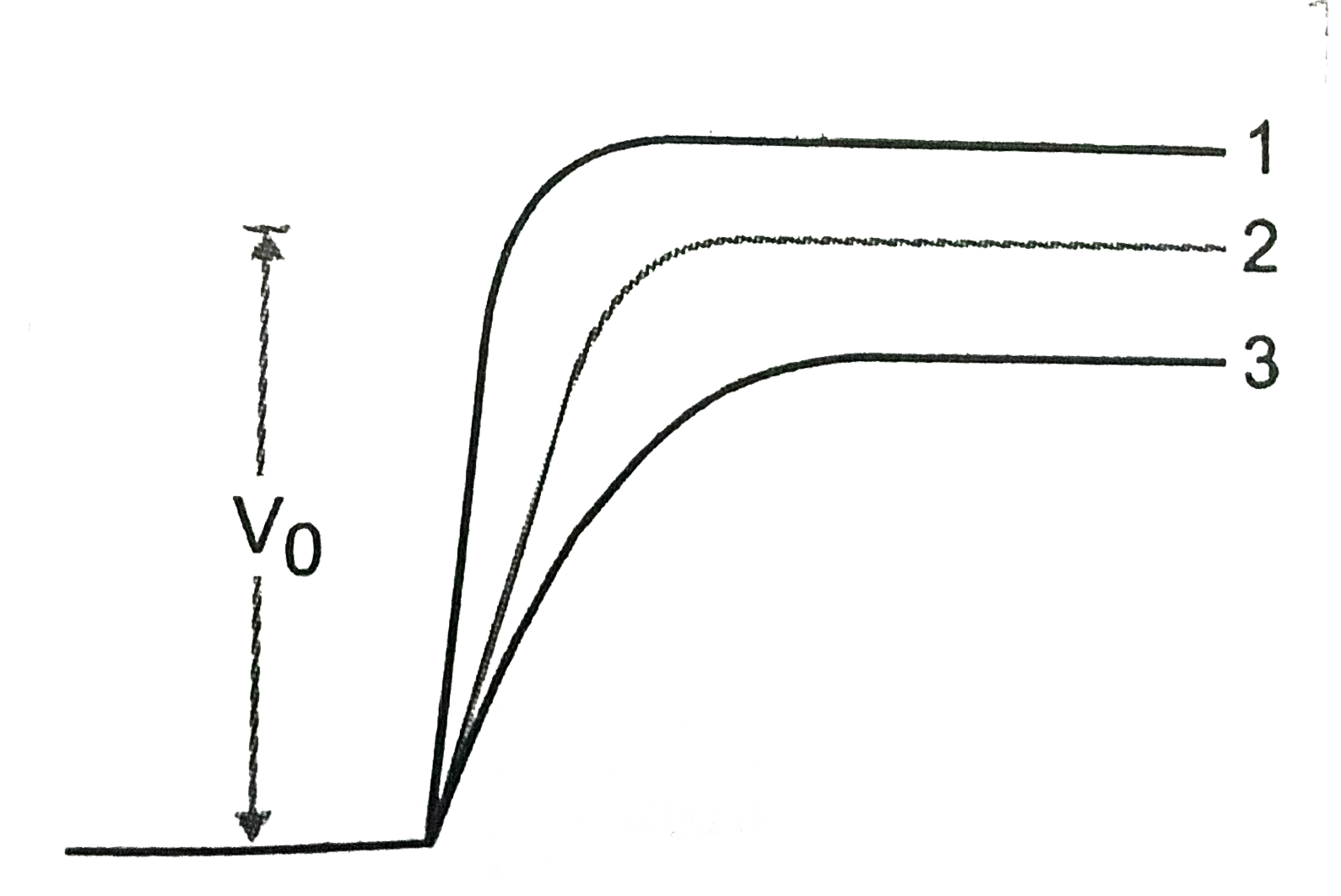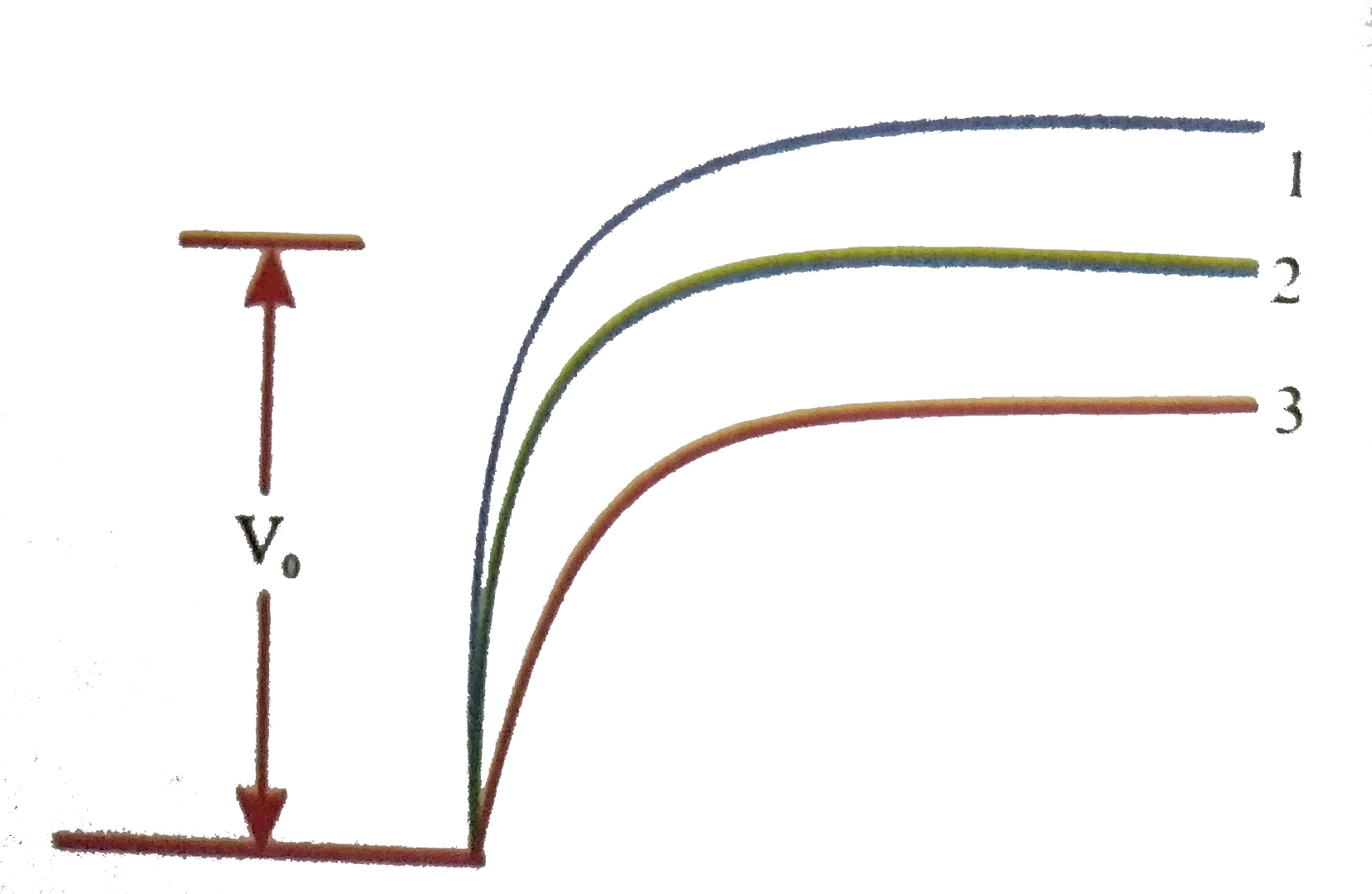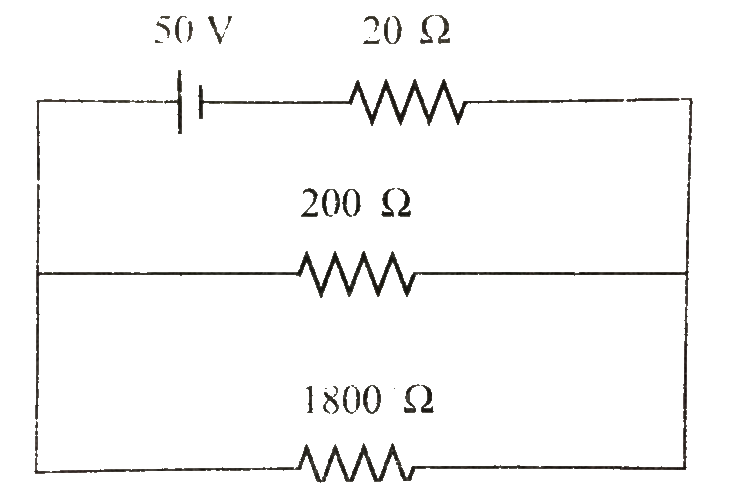Can the potential barrier across a p-n junction be measured by simply connecting a voltmeter across the junction ?
No, it cannot be measured by using a voltmeter. Barrier potential is less than 0.2 V for germanium diode and is less than 0.7 V for silicon. Also there are no free charge carriers which provide 'current ' for working of voltmeter .
Topper's Solved these Questions
- SEMICONDUCTORSBOOK - DC PANDEYCHAPTER - SEMICONDUCTORSEXERCISE - More Than One Correct
6 Videos
- REFRACTION OF LIGHTBOOK - DC PANDEYCHAPTER - REFRACTION OF LIGHTEXERCISE - Level 2 Subjective
21 Videos
- SOLVED PAPER 2017BOOK - DC PANDEYCHAPTER - SOLVED PAPER 2017EXERCISE - Solved papers 2017(JIPMER)
32 Videos
Similar Questions
Knowledge Check
In Fig . V0 is the potential barrier across a p-n junction, when no battery is connected across the junction
 A1 and 3 both correspond to forward bias of junctionB3 corresponds to forward bias of junction and 1 corresponds to reverse bias of junctionC1 corresponds to forward bias and 3 corresponds to reverse bias of junctionD3 and 1 both correspond to reverse bias of junction
A1 and 3 both correspond to forward bias of junctionB3 corresponds to forward bias of junction and 1 corresponds to reverse bias of junctionC1 corresponds to forward bias and 3 corresponds to reverse bias of junctionD3 and 1 both correspond to reverse bias of junctionIn Fig. V0 is the potential barrier across a p−n junction, when no battery is connected across the junction :
 .A1 and 3 both correspond is forward bias of junctionB3 corresponds to forward bias of junction and 1 corresponds to reverse bias junctionC1 corresponds to forward bias and 3 corresponds to reverse bias junctionD3 and 1 both correspond to reverse bias and 3 corresponds to revers bias of junction
.A1 and 3 both correspond is forward bias of junctionB3 corresponds to forward bias of junction and 1 corresponds to reverse bias junctionC1 corresponds to forward bias and 3 corresponds to reverse bias junctionD3 and 1 both correspond to reverse bias and 3 corresponds to revers bias of junctionThe potential barrier at PN junction is due to
Afixed acceptor and donor ions on either side of the junctionBminority carriers on either side of the junctionCmajority carriers on either side of the junctionDboth majority and minority carriers on either side of junction
p-n junction is a semiconductor diode. It is obtained by bringing p-type semiconductor inclose contact with n-type semiconductor. A thin layer is developed at the p-n junction which is devoid of any charge carrier but has immobile ions. It is called depletion layer. At the junction a potential barrier appears, which does not allow the movement of majority charge carriers across the junction in the absence of any biasing of the junction.
p-n junction offer low resistance when forward biased and high resistance when reverse biased. Read the above paragaph and answer the following question:
(i) Can we measure the potential barrier of p-n junction by putting a sensitive voltmeter across its terminals?
(ii) What practical lesson do you draw from the above study?
View SolutionCan we measure the potential difference of a p-n junction by putting a sensitive voltmeter across its terminals?
View SolutionAssertion: We can measure the potential barrier of a PN junction by putting a sensitive voltmeter across its terminals.
Reason: The current through the PN junction is not same in forward and reversed bias.
View SolutionAssertion : We cannot meausre that potential barrier of p-n junction by putting a sensitive voltmeter across its terminals.
Reason: In the depletion layer, there are no free elctrons or holes and in the absence of forward bias, it offers, infinite, resistance.
View SolutionA voltmeter having a resistance of 1800Ω is employed to measure the potential difference across 200Ω resistance, which is connected, to dc power supply of 50V and internal resistance 20Ω. What is the approximate percentage change in the potential difference across 200Ω resistance as aresult of connecting the voltmeter across it?

View Solution
